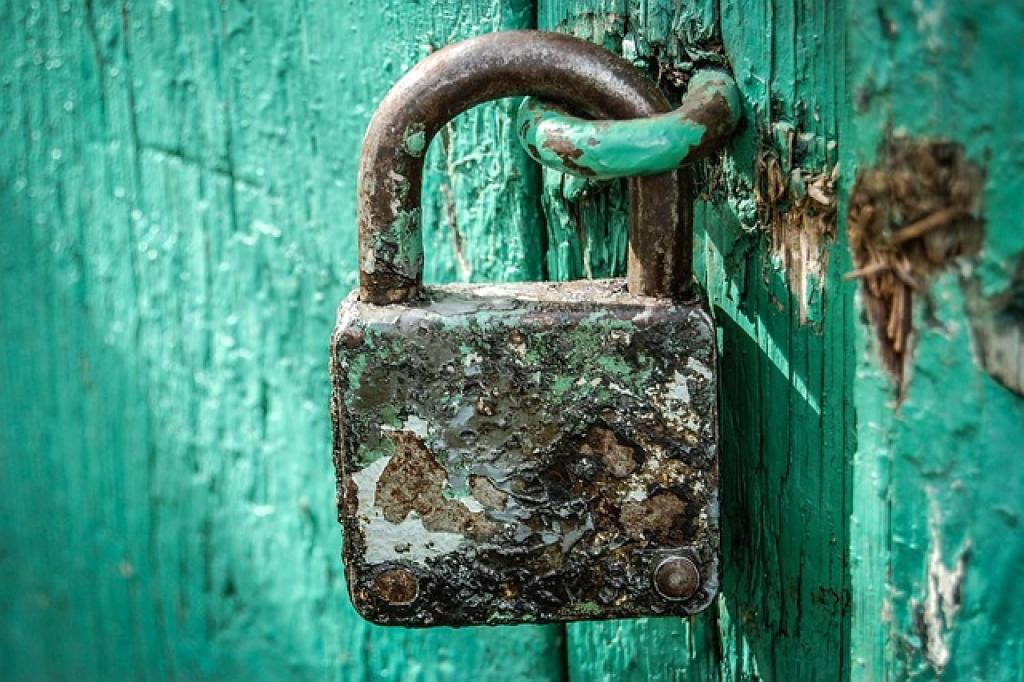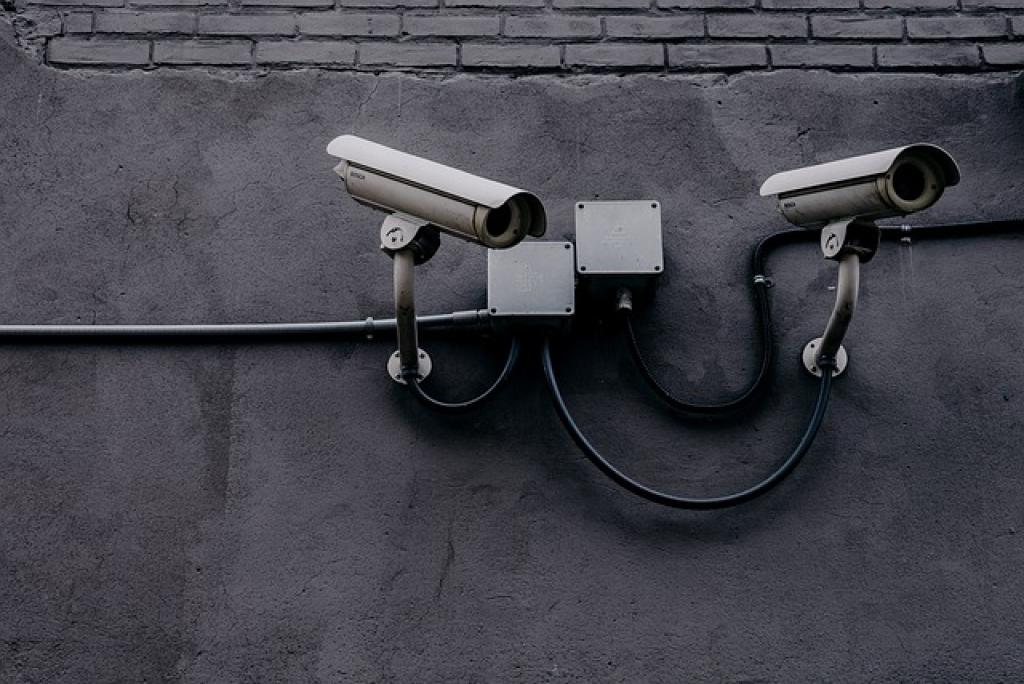
Strengthening Fire Safety Measures: The Vital Role of Security Guards in Evacuations
In the face of unexpected fire emergencies, time is of the essence, and organization is paramount. While alarm systems and safety equipment play crucial roles in fire safety, some unsung heroes take center stage to ensure every second counts.
Security guards have become indispensable allies in the critical moments following a fire alarm, guiding people safely out of harm’s way. Their training in emergency procedures, crowd control, and calm decision-making under pressure can be the difference between chaos and order during evacuations.
As we explore the importance of enhancing fire safety measures, it is essential to recognize the pivotal role these individuals play in safeguarding lives. How can businesses and organizations leverage their skills to bolster evacuation plans? Let’s delve into the dynamics of fire safety, where security guards are not just protectors but vital leaders in navigating emergencies.
Importance of Security Guards in Fire Safety
Security guards are well-versed in the layout and emergency procedures of the sites they protect, making them invaluable during fire incidents. Their familiarity with exits, assembly points, and emergency protocols enables them to act swiftly and efficiently, often acting as the first line of defense in guiding evacuations.
Their role extends beyond merely directing traffic. Security guards are trained to keep a level head in high-pressure situations, providing reassurance and clear instructions to those around them. This ability to maintain order is crucial in preventing panic and ensuring a smooth evacuation process.
Additionally, these professionals are often equipped to perform initial firefighting responses, which can help contain small fires while waiting for firefighters to arrive. Their vigilance can also play a significant role in early fire detection, allowing for quicker response times and minimizing potential damage.
As a link between occupants and emergency services, security guards ensure that information flows smoothly, facilitating coordinated efforts in managing the situation. By investing in the training and integration of security staff within fire safety protocols, organizations can significantly enhance overall safety measures and protect lives more effectively.
Key Responsibilities of Security Guards During Evacuations
During evacuations, security guards take on several critical responsibilities to ensure safety and order. A primary task is to lead and manage the flow of foot traffic, ensuring that all individuals move toward exits in an orderly fashion. By doing so, they minimize congestion and reduce the risk of injury.
Crowd Control and Communication
Maintaining effective communication is another essential duty. Security guards must relay instructions clearly and calmly, both to those evacuating and to emergency responder teams. Their communication skills help prevent confusion and align everyone’s efforts toward a safe evacuation.
In addition to guiding occupants, security guards are responsible for checking designated areas, ensuring that everyone has evacuated the premises. This may involve coordinating with other security personnel or conducting checks themselves, depending on the situation’s scale.
Security guards also monitor emergency exits, making sure they are accessible and free from obstructions. In some cases, they may assist individuals with mobility challenges, ensuring that nobody is left behind or in danger.
Ultimately, the efficiency and effectiveness of an evacuation heavily rely on the preparedness and actions of security guards, making their role indispensable in fire safety operations.
Collaboration with Firefighters for Effective Evacuations
A successful evacuation emphasizes teamwork, relying on seamless collaboration between security guards and firefighters. These two groups share a single goal: ensuring everyone’s safety and minimizing potential hazards during emergency situations.
Communication is key to this collaboration. Security guards often act as the eyes and ears on the ground, providing firefighters with vital information about building layouts, the location of exits, and current conditions inside the facility. This real-time intelligence empowers firefighters to formulate effective response strategies.
Real-Time Information Sharing
Security personnel help facilitate firefighters’ entry and movement within the premises. By keeping paths clear and escorting emergency teams through the building’s layout, they help responders focus on rescue and firefighting efforts without unnecessary delays.
Joint training exercises can also enhance this collaboration, allowing both groups to practice their coordinated response strategies in controlled scenarios. These exercises build familiarity and trust, ensuring that, in real events, each team knows how to function effectively alongside the other.
Ultimately, when security guards and firefighters work in unison, the chances of a smooth and efficient evacuation increase significantly, reducing risk and preventing potential tragedy. Their partnership is an essential component of comprehensive fire safety measures.
Training and Preparation for Emergency Scenarios
To effectively handle emergency situations, comprehensive training and preparation are essential for security guards. Training programs focus on equipping these professionals with the skills needed to respond quickly and decisively, covering areas like evacuation procedures, emergency response coordination, and first aid.
Regular drills form a critical part of this preparation, helping security personnel stay sharp and familiar with emergency protocols. These drills simulate different scenarios, allowing guards to practice their response strategies and adjust their actions based on varying conditions.
Furthermore, scenario-based training enhances decision-making capabilities under pressure, ensuring that guards can maintain a level head and act as effective leaders during real emergencies. This type of training also emphasizes the importance of communication, teaching guards how to convey critical information clearly and efficiently.
A well-prepared security team is pivotal in any emergency, ready to protect and guide individuals to safety. By investing in ongoing training and preparation efforts, organizations can ensure that their security personnel are not only defenders of their premises but also skilled facilitators of safety during fire emergencies.
The Bottom Line: Ensuring Safety Through Security Guards
As we culminate the discussion on fire safety, it’s evident that security guards play an indispensable role in emergency scenarios. These dedicated professionals are at the frontline, bridging the gap between immediate response and professional firefighting assistance.
Given their familiarity with their surroundings and the people they protect, security guards are ideally positioned to lead evacuations efficiently. Their ability to maintain order and prevent panic is crucial, transforming potentially chaotic situations into organized evacuations. By serving as a steady hand, they reassure occupants during moments of distress, underscoring the importance of their presence.
Moreover, collaboration with firefighters enhances their effectiveness, demonstrating that teamwork is vital in high-stakes situations. Through real-time communication and joint efforts, both groups can better safeguard lives and property. This partnership exemplifies the synergy required to tackle emergencies head-on.
Equipping security guards with proper training and ongoing preparation further strengthens their capability to protect. Regular drills and scenario-based exercises ensure they are ready for any contingency, making them pivotal to a comprehensive fire safety strategy.
In conclusion, integrating security guards into emergency protocols is not just beneficial but necessary. Their unique position allows them to act swiftly, make informed decisions, and ultimately, save lives. By recognizing their contributions, organizations can fortify their fire safety measures and foster environments where safety is a collective responsibility.


